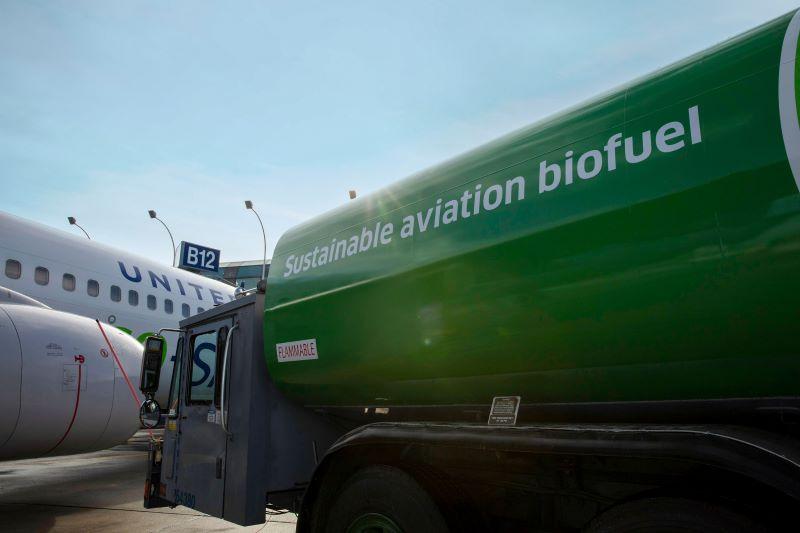
Credit: United Airlines
Understandably, the airline industry likes to highlight its efforts to become more sustainable. The International Air Transport Association (IATA) committed to the 2050 net zero target a year before the International Civil Aviation Organization (ICAO) did. In particular, the industry will have spent...
Subscription Required
Daily Memo: IATA Warns SAF Production Not Advancing Fast Enough is published in Aviation Daily, an Aviation Week Intelligence Network (AWIN) Market Briefing and is included with your AWIN membership.
Already a member of AWIN or subscribe to Aviation Daily through your company? Login with your existing email and password
Not a member? Learn how to access the market intelligence and data you need to stay abreast of what's happening in the air transport community.





